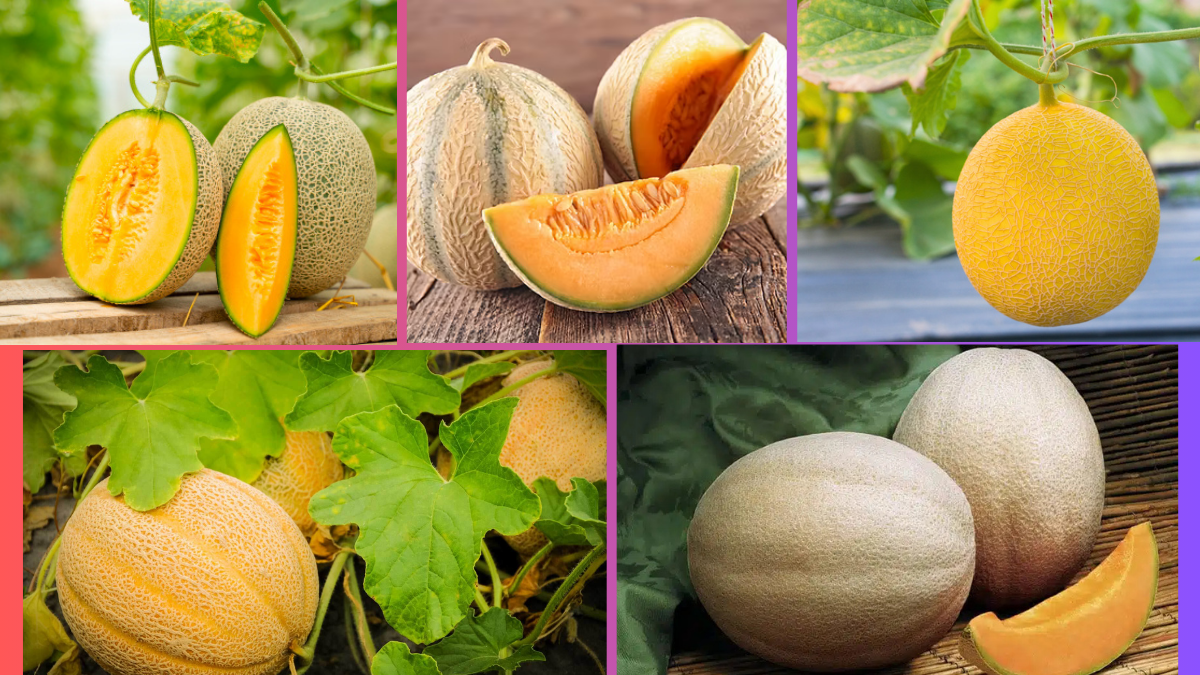When it comes to refreshing, sweet, and juicy summer fruits, cantaloupes hold a special place in kitchens and markets around the world. Known for their fragrant aroma, soft orange flesh, and hydrating qualities, cantaloupes are a favorite in salads, smoothies, and desserts. But while many countries enjoy cantaloupes, only a few lead the way in growing them at a massive scale.
So, which country is famous for producing the most cantaloupes? The answer is clear: China. In this article, we’ll take a deep dive into global cantaloupe production, discover what makes China the top producer, and explore other major melon-growing nations contributing to the world’s supply.
What is a Cantaloupe?
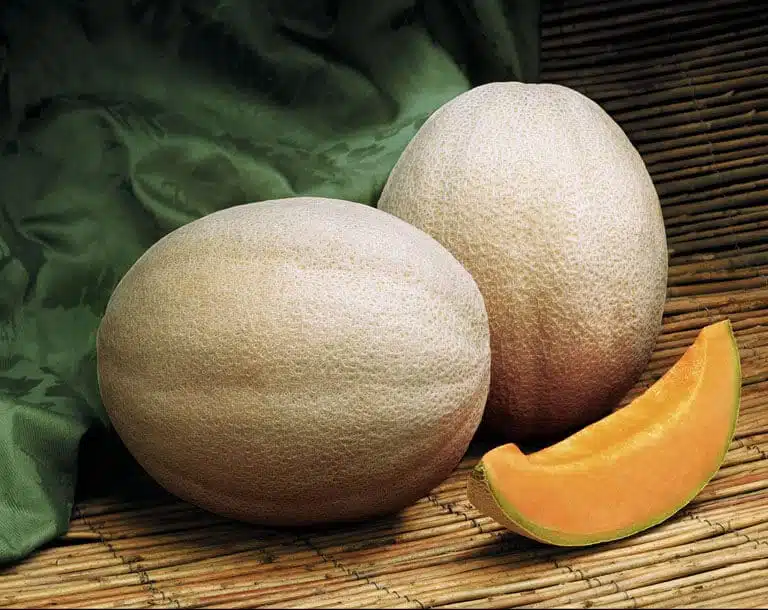
Cantaloupe, scientifically known as Cucumis melo var. cantalupensis, is a type of muskmelon from the gourd family. Recognized by its netted skin and orange, juicy flesh, cantaloupe is celebrated for its naturally sweet taste and high water content, making it one of the most refreshing fruits available, especially in hot climates.
Cantaloupes are a rich source of:
- Vitamin C
- Vitamin A (from beta-carotene)
- Potassium
- Dietary fiber
- Antioxidants
They are a low-calorie, nutrient-dense food that promotes hydration and healthy digestion.
Global Cantaloupe Production Overview
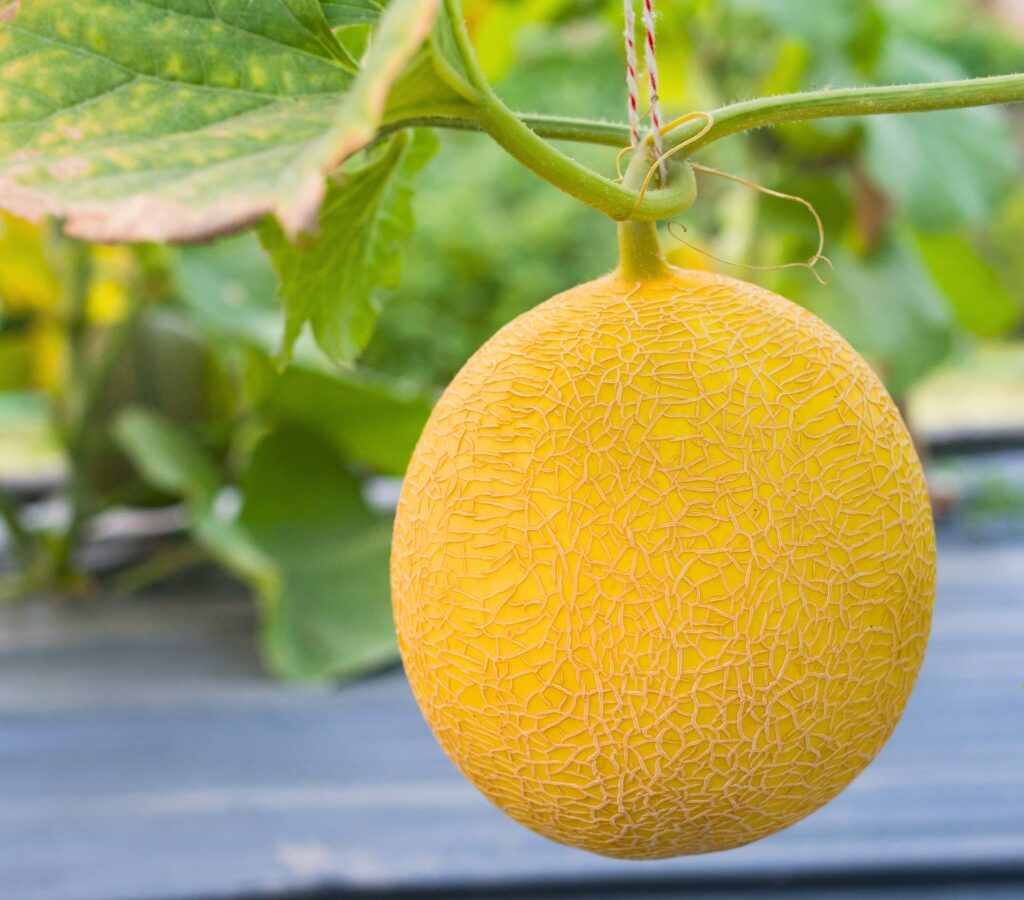
Today, cantaloupes are cultivated in over 100 countries worldwide, predominantly in regions with warm, dry, and sunny climates. According to the Food and Agriculture Organization (FAO), the global production of cantaloupes and other melons reaches approximately 31 million metric tons annually.
Despite being grown in so many countries, over half of the world’s cantaloupe supply comes from a single country — China.
Which Country is the Largest Cantaloupe Producer? — China
China holds the title of the world’s largest cantaloupe-producing country by a significant margin. The country’s long agricultural history, suitable climate, and large farming regions have made it a dominant force in melon production, including cantaloupes.
Production Figures:
- China produces approximately 14.5 million metric tons of cantaloupes and melons annually.
- This figure represents nearly 47% of global production, making China the undisputed leader in this category.
Why is China So Successful at Growing Cantaloupes?
Several factors explain China’s dominance in cantaloupe production:
Favorable Climate
China’s vast landmass offers a diverse range of climates. Particularly in regions like Xinjiang, Hebei, Gansu, Shandong, and Inner Mongolia, the hot, dry summers combined with long daylight hours provide ideal growing conditions for cantaloupes.
Traditional Farming Expertise
China has a long history of cultivating melons. Over centuries, farmers have developed region-specific melon varieties, advanced irrigation techniques, and soil management practices that improve yield and fruit quality.
Large-Scale Farming Regions
Vast cantaloupe farms can be found in places like Xinjiang province, which alone contributes a significant share of China’s melon production. Its arid desert climate, when combined with modern drip irrigation, produces exceptionally sweet, high-quality cantaloupes.
Growing Domestic Demand
China has a huge domestic market for fresh produce, including cantaloupes. The fruit is consumed as a daily snack, in desserts, and during summer festivals, ensuring consistent local demand.
Other Major Cantaloupe Producing Countries
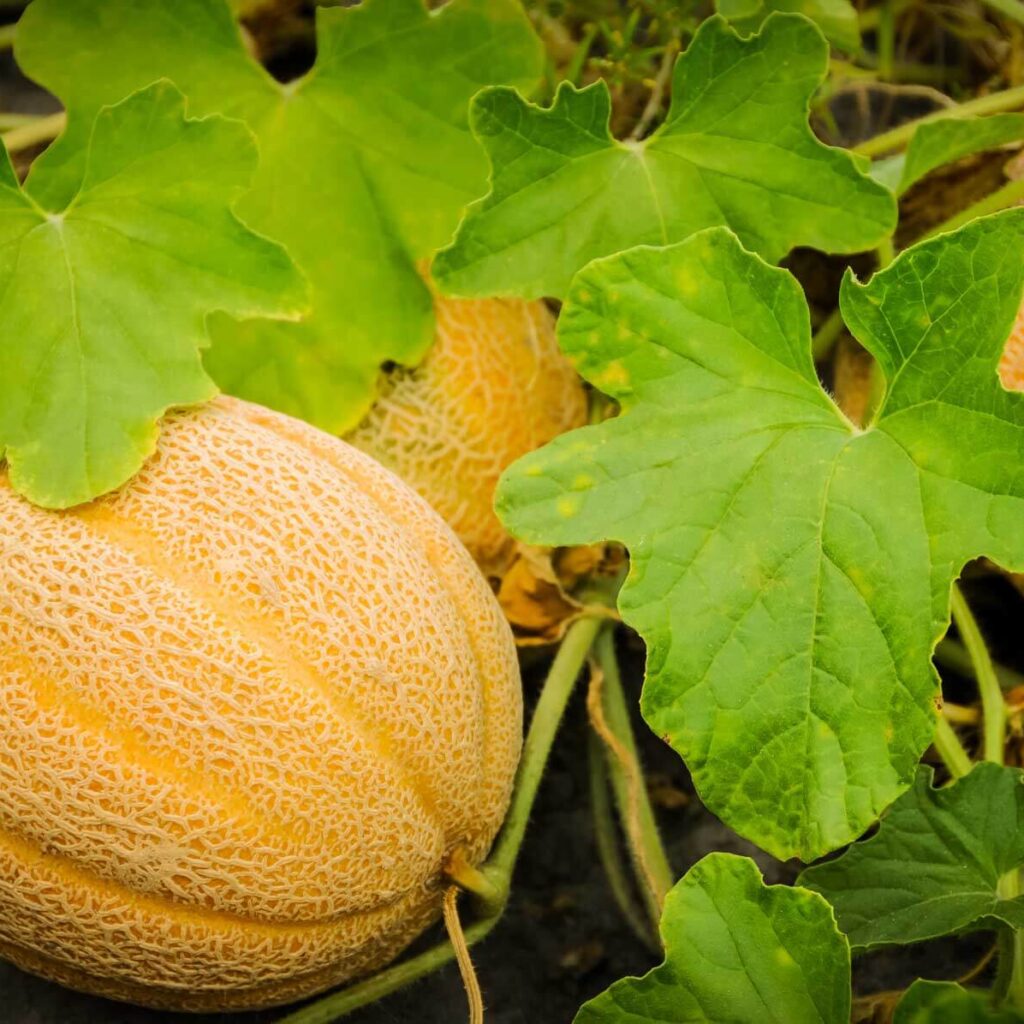
While China leads globally, several other countries also contribute significantly to cantaloupe production:
India
India ranks as the second-largest producer, harvesting around 1.5 million metric tons of cantaloupes and other melons each year. In India, muskmelons (the local term for cantaloupes) are widely grown in Uttar Pradesh, Punjab, Rajasthan, Maharashtra, and Andhra Pradesh.
Muskmelons are highly popular during India’s intense summer season due to their hydrating and cooling properties.
Turkey
Turkey, with its Mediterranean climate, produces about 1.4 million metric tons of cantaloupes and melons annually. Major growing areas include Adana, Antalya, and Manisa. Turkish cantaloupes are known for their aromatic sweetness and are widely enjoyed both domestically and exported to neighboring countries.
Kazakhstan
Kazakhstan has emerged as a significant melon-growing country, producing approximately 1.37 million metric tons. Its southern regions, with long, hot summers, are ideal for cultivating melons, including cantaloupes.
Brazil
In Brazil, cantaloupe production is concentrated in the Northeast region, especially in the states of Rio Grande do Norte and Ceará. Brazil produces about 0.86 million metric tons annually, much of which is exported to Europe and North America.
Global Cantaloupe Market Trends
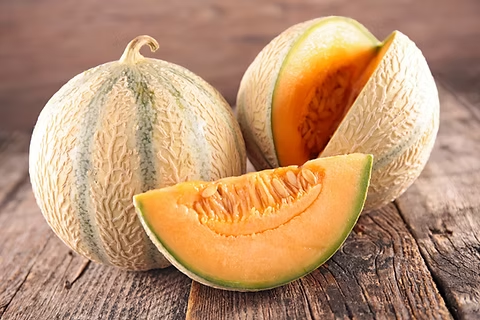
In recent years, the global cantaloupe market has experienced steady growth due to:
- Rising health awareness: Cantaloupes are promoted for their hydrating, low-calorie, and vitamin-rich properties.
- Increased export opportunities: Countries like Brazil, Spain, Guatemala, and the United States export significant quantities to meet global demand.
- Introduction of greenhouse-grown cantaloupes in countries with colder climates, helping increase production beyond traditional growing regions.
Health Benefits of Cantaloupes
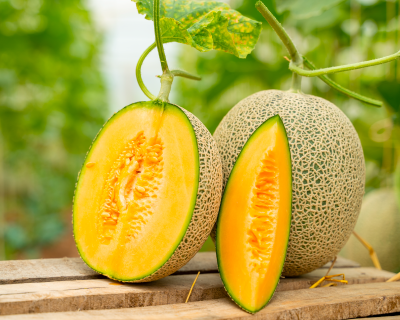
Besides their refreshing taste, cantaloupes offer numerous health benefits:
- Boost immunity with high vitamin C content.
- Improve eye health due to beta-carotene, which converts to vitamin A.
- Support hydration with over 90% water content.
- Aid digestion with dietary fiber.
- Lower blood pressure with their potassium-rich composition.
These health benefits have made cantaloupes a sought-after fruit in health-conscious diets worldwide.
The Future of Cantaloupe Production
As global demand for fresh fruits and health foods rises, cantaloupe production is expected to grow, especially in countries investing in modern farming technology and sustainable agricultural practices.
- China is set to retain its leadership due to its massive scale and growing domestic consumption.
- Export-oriented producers like Brazil, Guatemala, and Spain are likely to expand their market shares, especially in Europe and North America.
- Climate-smart practices and greenhouse cultivation will play a vital role in ensuring year-round supply and reducing post-harvest losses.
Conclusion
In summary, China is famous for producing the most cantaloupes in the world, contributing nearly half of global production. Its combination of ideal climate, traditional expertise, large-scale farming, and strong local demand makes it the undisputed global leader in cantaloupe cultivation.
Other countries like India, Turkey, Kazakhstan, and Brazil also play significant roles in meeting global cantaloupe demand, with growing markets in Europe, North America, and the Middle East.
As cantaloupe’s popularity continues to rise, driven by its health benefits and culinary versatility, these countries will remain key players in the global fruit industry.
